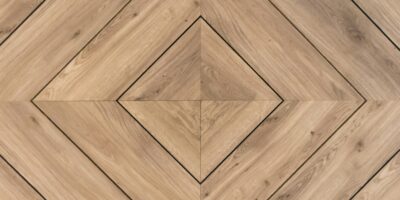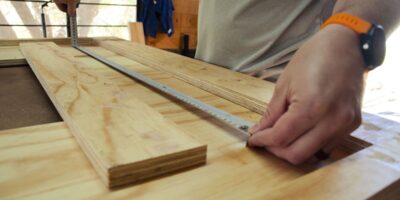In the realm of woodworking, finishing refers to the final step in the manufacturing process that involves applying a protective and enhancing coating to the surface of wood projects. This can include furniture, cabinetry, flooring, and other decorative or functional wood items. The primary purpose of finishing is to protect the wood from environmental factors such as moisture and UV rays, while also enhancing its natural beauty and improving its durability.
The process of finishing wood typically involves several key steps: surface preparation, application of the finish, and curing or drying. Each of these steps is crucial for achieving a high-quality finish that not only looks professional but also stands the test of time.
**Surface Preparation:**
The first step, surface preparation, is about ensuring the wood is clean, smooth, and ready to accept the finish. This might involve sanding the wood to remove any imperfections or previous finishes, cleaning it to remove dust and debris, and possibly applying a wood conditioner or sealer. This step is vital because any flaws in the preparation will be magnified once the finish is applied.
**Choosing the Right Finish:**
There are numerous types of finishes available, each with its own set of characteristics and benefits. Common finishes include:
– **Varnish:** Known for its durability and resistance to heat, water, and chemicals.
– **Polyurethane:** Available in both water-based and oil-based forms, it provides a hard, durable finish.
– **Lacquer:** Dries quickly and offers a glossy finish that can be easily repaired.
– **Shellac:** A traditional finish that is easy to apply and repair, but less resistant to water and alcohol.
– **Oil:** Such as linseed or tung oil, penetrates the wood to enhance its grain and natural beauty.
The choice of finish depends on the project’s requirements, including the expected wear and environmental exposure, as well as the desired aesthetic.
**Application Techniques:**
The application of the finish can be done using various techniques, depending on the type of finish and the desired effect. Common methods include brushing, spraying, or wiping. Each technique has its advantages and challenges, and the choice often depends on the specific properties of the finish and the skills of the woodworker.
**Curing and Drying:**
After application, the finish needs time to cure or dry. The duration and conditions for curing vary widely depending on the type of finish. Some finishes, like lacquer and shellac, dry quickly, while others, such as oil and varnish, may require a longer curing time. Proper curing is essential for the durability and appearance of the finish.
**Maintenance and Repair:**
Once applied, wood finishes may need regular maintenance to keep them looking their best. This can involve cleaning, buffing, and occasionally reapplying finish or touch-ups, especially in high-wear areas.
**Environmental Considerations:**
In recent years, the impact of finishes on indoor air quality and the environment has become a concern. As a result, there has been a move towards more environmentally friendly finishes, such as water-based polyurethane and natural oil finishes.
**Conclusion:**
Finishing in woodworking is a critical step that serves both protective and aesthetic purposes. The choice of finish and the application technique can greatly influence the final appearance and durability of the wood project. With the right approach, finishes not only enhance the beauty of the wood but also protect it, ensuring that wood projects are both beautiful and long-lasting. As the field of woodworking continues to evolve, so too do the techniques and materials used in finishing, reflecting both traditional craftsmanship and modern innovations.




Subscribe for Updates
Get the latest articles delivered to your inbox.
We respect your privacy. Unsubscribe anytime.